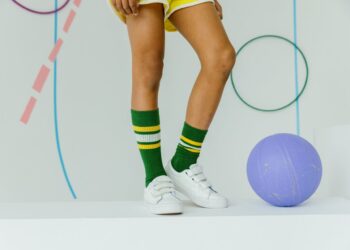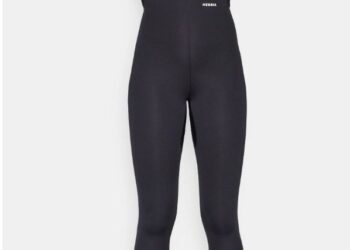Let’s be honest. Choosing the best type of fabric cloth for your clothing project is quite overwhelming. Mistakes are inevitable, especially when you are new to this.
We’re giving you a heads up on how to start your future clothing project. Here are a few things you should consider when choosing the fabric for your clothing project.
Selecting the Right Fabric
Select a fabric and project that are appropriate for your skill level. Consider where you’ll be wearing the fabric. Know the characteristics of the fabric you’ll be working with before you begin (this will allow you to pick one that washes, wears, and drapes in the desired manner).
Beginners benefit from cloth with a high cotton content. Knit textiles are more stretchy than woven fabrics, so keep that in mind while selecting your fabric. Once you’ve mastered the basics, try silk or a thick fabric like canvas, denim, or knits, which are extremely stretchy.
Meanwhile, cotton, linen, and jersey are ideal summer materials. They’re breathable and lightweight. Also, keep in mind the different ways fabrics are to be washed. Some can be very easy to wash, while some are hard.
You could talk to a laundry expert and ask which fabrics are easier to wash so you could wash your future projects easily by yourself or by your nearest laundromat.
Commonly Used Fabrics
Silk
- Moderate breathability
- High Comfort
- Dry clean only
- Sewing level: advanced
- Fluid drape
Wool
- High breathability
- Moderate comfort
- Launder with care
- Sewing level: intermediate
- Moderate drape
Cotton
- High breathability
- Moderate to high comfort
- Launder normally
- Sewing level: beginner
- Moderate drape
Linen
- High breathability
- High comfort
- Launder normally
- Sewing level: beginner
- Moderate drape
Rayon
- Moderate breathability
- High comfort
- Launder with care
- Sewing level: intermediate
- Fluid-mod drape
Polyester
- Low breathability
- Low to Moderate comfort
- Launder normally
- Sewing level: intermediate
- Moderate drape
Jersey
- Moderate to High breathability
- High comfort
- Launder with care
- Sewing level: intermediate
- Fluid-mod drape
Brocade
- Moderate breathability
- Moderate comfort
- Dry clean only
- Sewing level: advanced
- Voluminous drape
Specialty
Textiles designed for specific applications are known as specialty fabrics. Lace, leather, and faux fur are examples of fabrics that have shaped the textile business.
Performance
Textile innovation and health are combined in performance fabrics. This category includes materials that are compression-fit, water-repellent, skin-hydrating, and reflective.
Printed and Patterned
Prints are available in a variety of fabric kinds. Remember that the print or pattern should reflect your skill level, and the pattern’s scale should match the scale size of the garment or item you’re working on.
Linings
Linings are frequently used to add opacity to fabrics as well as warmth. Linings come in a variety of fabrics. Silk, acetate, and cotton are among the most frequent.
You’ll be able to choose the perfect fabric(s) for your next project with ease now that you’ve learned about fabric qualities and know which textiles are best suited for various types of tasks. There’s no need to be hesitant about starting a project because you’re looking for the appropriate person for it.






